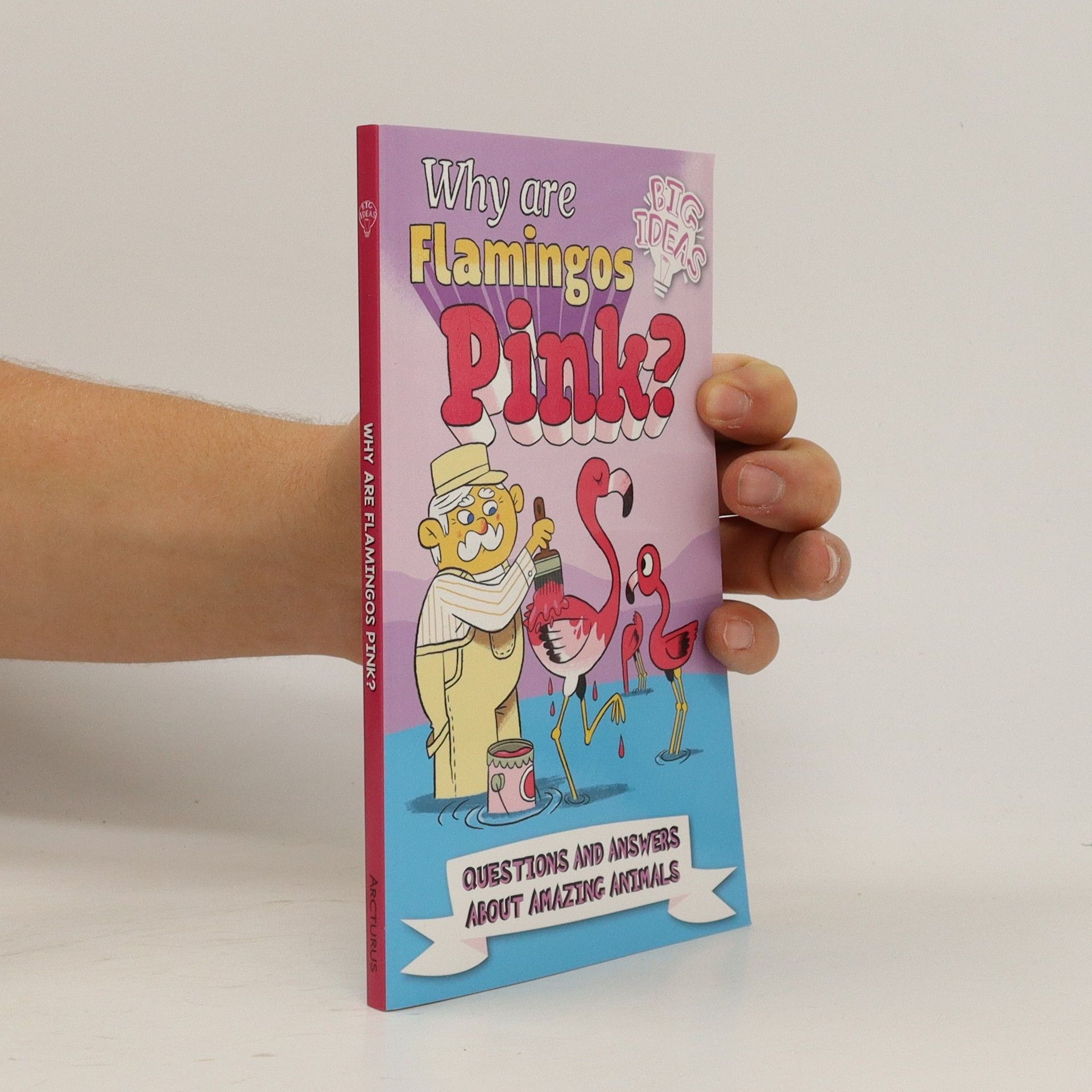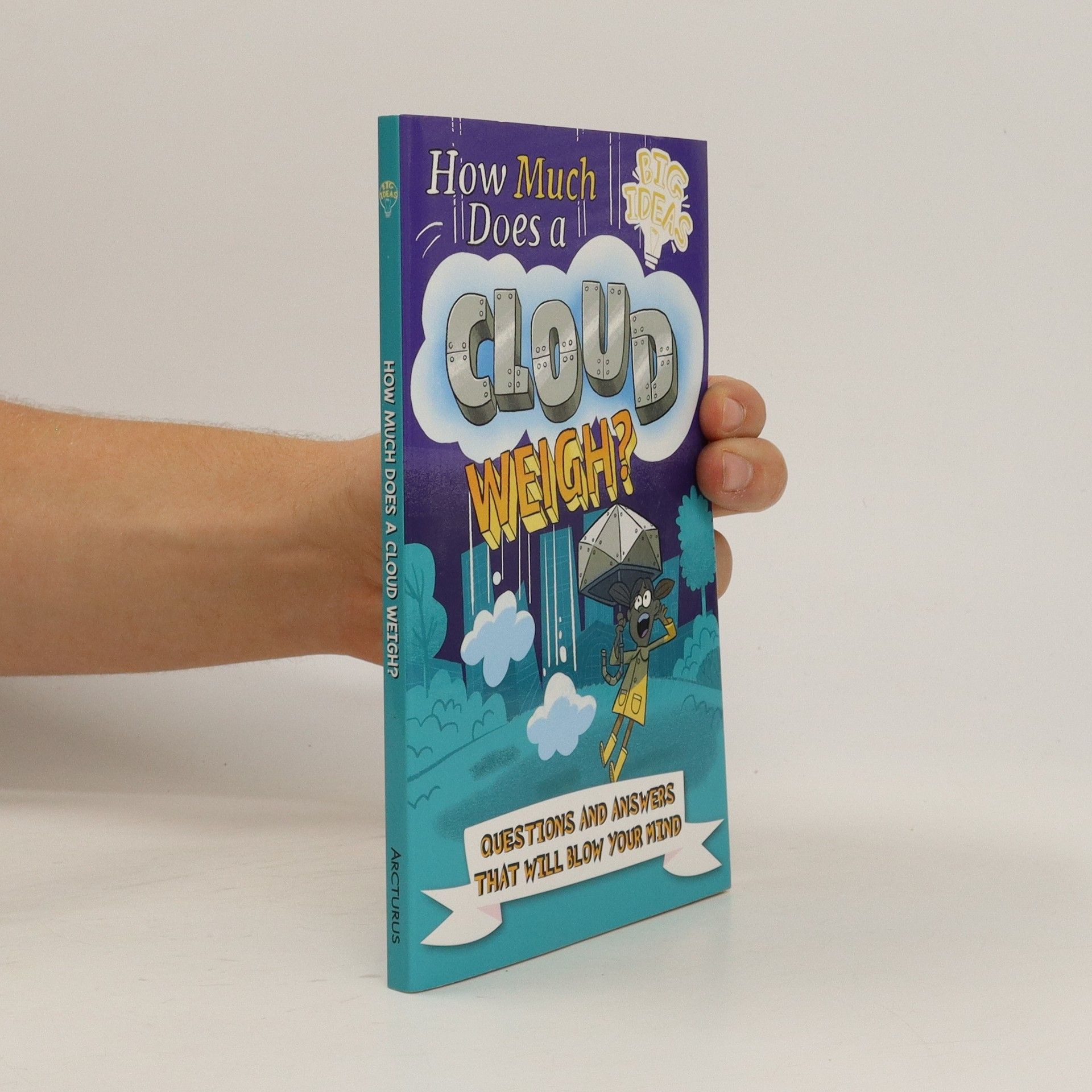Can Squirrels Waterski?: Questions and Answers about Fantastic Feats
- 128 páginas
- 5 horas de lectura
Clear, engaging text allows kids to learn facts in an accessible and entertaining way. Dynamic, exciting illustrations bring the facts to life for young readers.



